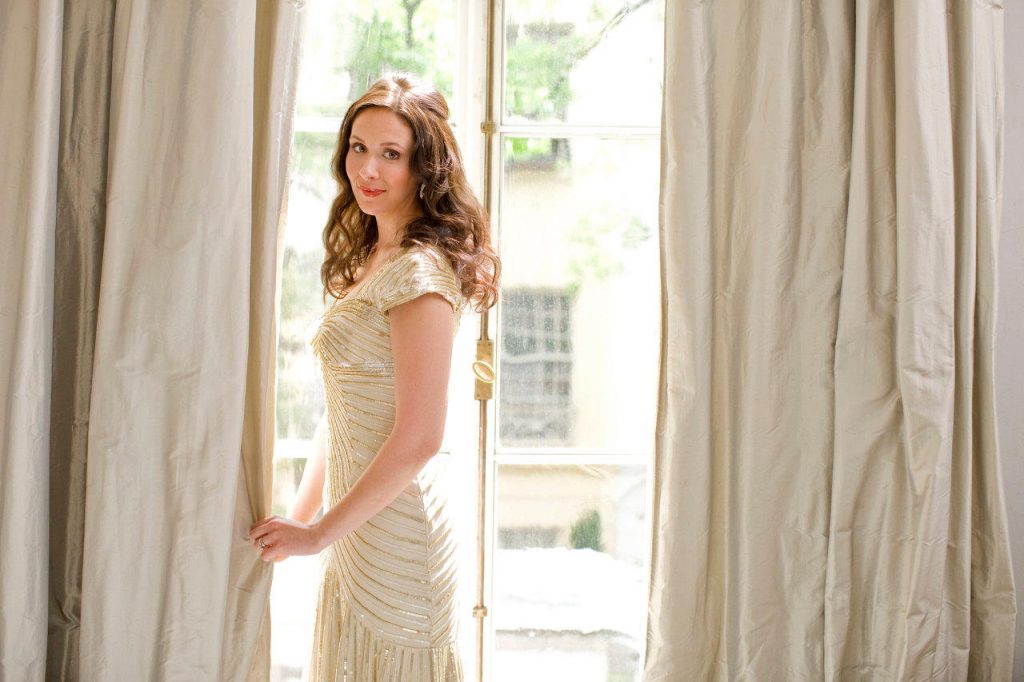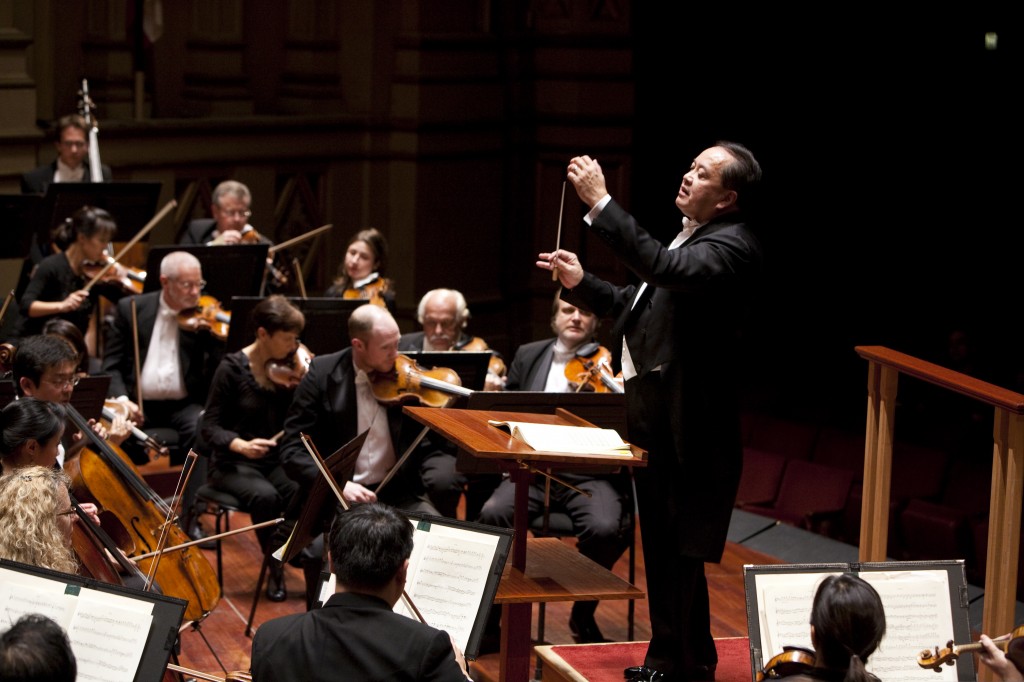Ling and the San Diego Symphony: A Mahler III to Remember!
On Friday, May 5, Maestro Jahja Ling commenced his valedictory month as San Diego Symphony Music Director with a sweeping and at times sumptuous account of Gustav Mahler’s Symphony No. 3 in D Minor. In roaring, full symphonic mode and through countless soaring solo flights, the orchestra proved its mettle beyond the shadow of a doubt, a fitting tribute to the improvement Ling’s patient nurture has brought about during his 13-year tenure.
With Mahler III’s six expansive movements, few works in the symphonic repertory come close to its “gloriously comprehensive” scope (in the words of the revered critic Michael Steinberg). For starters, the half-hour long first movement runs longer than most complete Haydn symphonies. Ling gave his downbeat at 8:05 p.m. in Copley Symphony Hall, and, as the clock approached 10:00 p.m., the audience was still standing as it showered abundant applause on the orchestra, Ling, mezzo-soprano Tamara Mumford, the women of the San Diego Master Chorale and the youngsters of the St. Paul’s Cathedral Choristers. After the horn section opened the D Minor Symphony with its bracing and gloriously tuned fanfare salutation, I began to worry that Ling’s overly meticulous direction, which lavished time and attention on each individual solo and flourish, would dissipate the movement’s requisite drive and dramatic tension. But shortly, essentially when the composer brought together the whole orchestra in a joyous major mode procession, Ling found the cohesive drive the movement so clearly needed. As the movement unfolded its anguished conflict of bright and dark elements, the orchestra enlivened Mahler’s bold chiaroscuro with vivid colors and raw emotional verve. The customarily supportive bass regions of the orchestra—the chortling low double reeds, the soulful cellos, and virtuoso Principal Trombone Kyle R. Covington—defined this conflict with bravura passion.Tamara Mumford proved an ideal Mahler soloist. Her gorgeous, deep velvet timbre infused Nietzsche’s ponderous text with apt gravitas, yet her sinuous, shimmering legato raised it to the exalted spiritual level to which Mahler aspired. In the Symphony’s fifth movement, the silvery, angelic sonority of the San Diego Master Chorale’s women’s voices made a marvelous foil to Mumford, gleefully splashing her sonorous phrases with their playful text from Des Knaben Wunderhorn, a folkloric poetic source that held particular sway in Mahler’s inner life. Placing the St. Paul’s Choristers in the hall’s uppermost balcony was a risky choice in terms of ensemble coordination, but it came off miraculously as the pure, ringing children’s voices tumbled down on the audience and orchestra. In an early version of this Symphony, Mahler titled this movement “What the Angels Tell Me,” and Copley Symphony Hall has never felt more heavenly!
In the bucolic second movement, Tempo di menuetto, Mahler lets go of his angst, lapsing into long sections of suave, dulcet melodies that would have made Dvořák proud. Several soloists made this movement sparkle, but allow me to praise the second violins for their winning, voluptuous phrasing throughout. Their finesse easily matched that of the first violins on the other side of the stage—but sadly, we hear the seconds play alone in such a favored spotlight all too infrequently!
If the third movement is Mahler’s scherzo—he does partially mark it scherzando—it appropriately sports abundant merry themes that could easily be mistaken as rustic folk-song, but are indeed the composer’s own ideas in charming folkloric guise. The flute section and wind principals contributed mightily to these raucous ramblings, as did a more lyrical offstage trumpet.
Ling presided gracefully over the peaceful final movement—a radiant Mahler adagio uncompromised by either conflict or doubt. Under his calm direction, the orchestra’s full string section suffused the room with its luxurious, warm sonority and nuanced phrasing. Principal Horn Benjamin Jaber’s melting solo permitted other winds to deftly enter this sacred space without marring its otherworldly character. Even the brass choir’s minor mode chorale suggested a whispered prayer in the holy of holies.
Ling allowed Mahler’s resounding climax to rise out of the orchestra with wondrously unforced majesty, a sublime affirmation of divine love’s transcendent promise.
When Richard Strauss, Mahler’s contemporary composer-conductor colleague—and sometimes rival—chose to perform a work in Berlin to commemorate Mahler’s untimely early demise in 1911, he chose the Third Symphony in D Minor. The San Diego Symphony’s account of this mammoth symphony under Ling’s profound direction reminded me how completely this work encompassed the world and the genius of Gustav Mahler.
[themify_box style=”shadow” ]
This concert by the San Diego Symphony was given on Friday, May 5, 2017, in the Jacobs Music Center’s Copley Symphony Hall in downtown San Diego. The program will be repeated in the same venue May 6 & 7, 2017. The next San Diego Symphony performances are slated for May 12 & 13, 2017, featuring guest conductor Matthias Pintscher and concert pianist Kirill Gerstein.
[/themify_box]

Ken Herman, a classically trained pianist and organist, has covered music for the San Diego Union, the Los Angeles Times’ San Diego Edition, and for sandiego.com. He has won numerous awards, including first place for Live Performance and Opera Reviews in the 2017, the 2018, and the 2019 Excellence in Journalism Awards competition held by the San Diego Press Club. A Chicago native, he came to San Diego to pursue a graduate degree and stayed.Read more…


